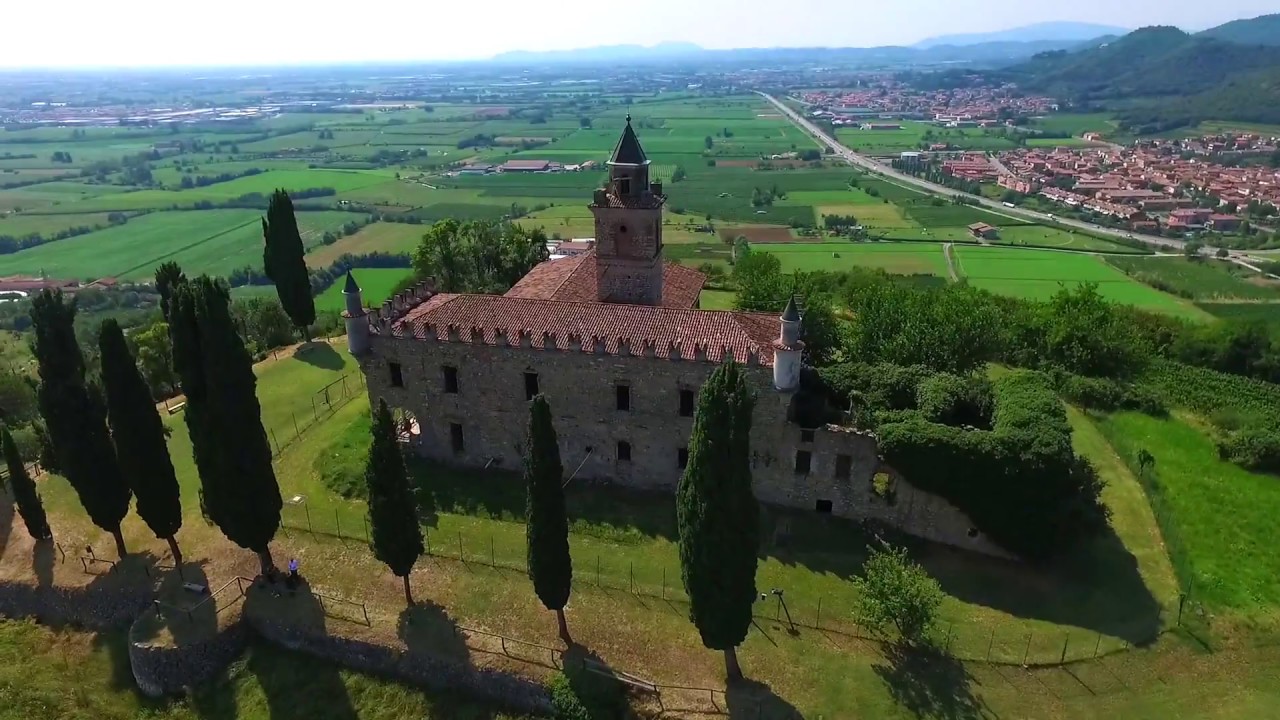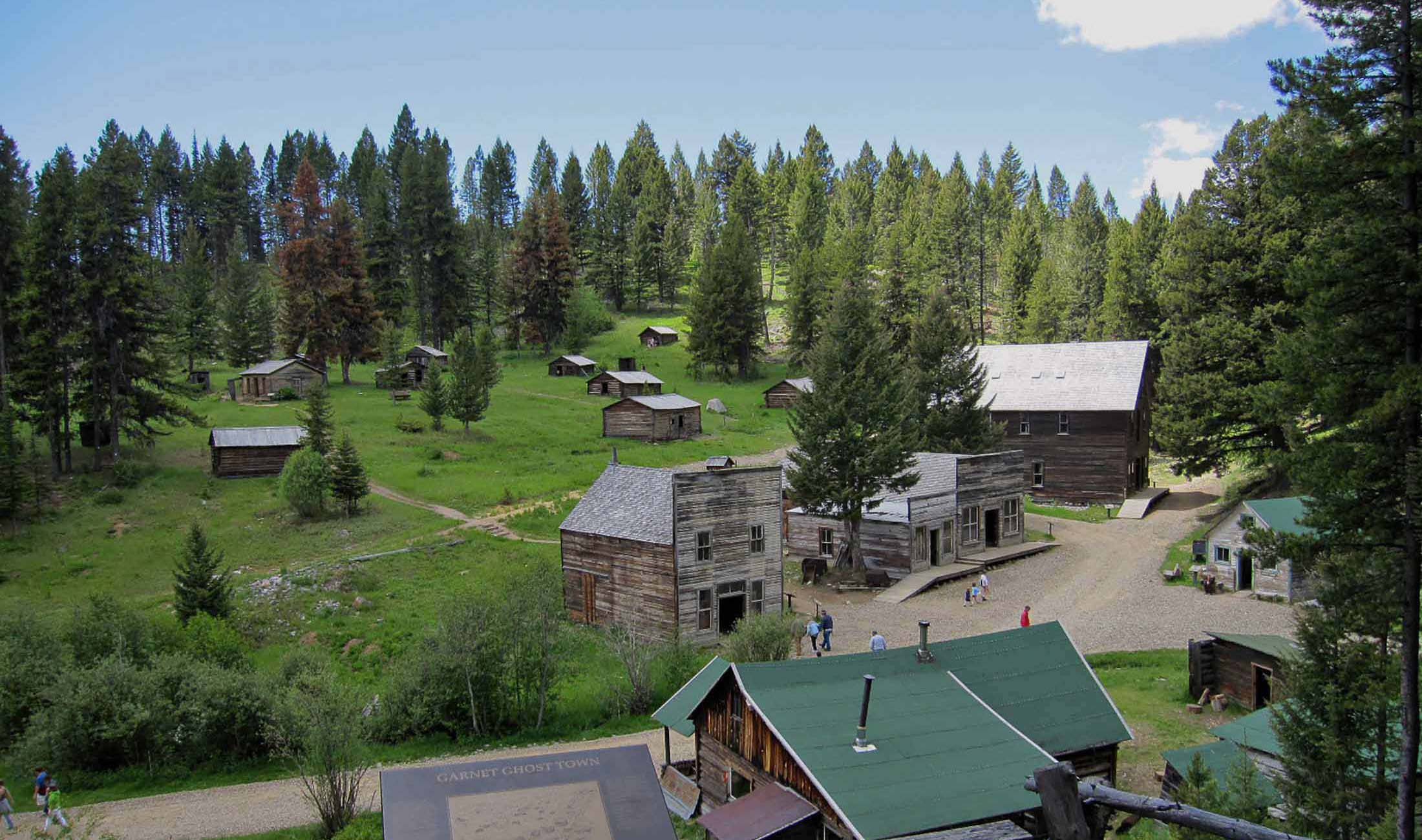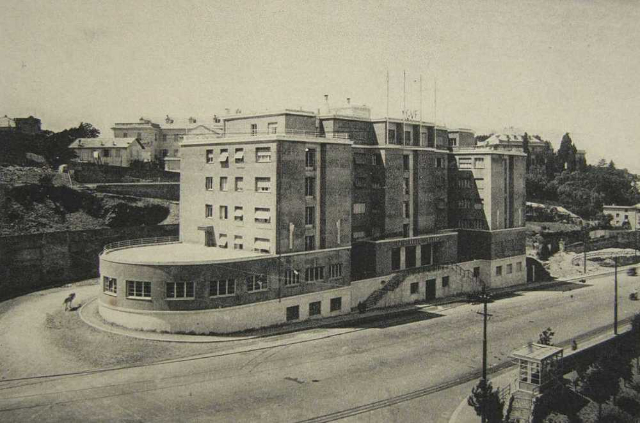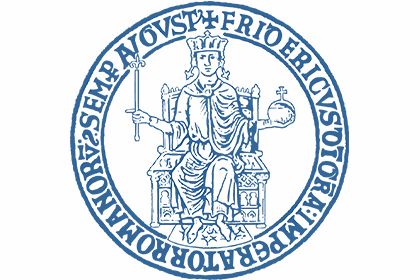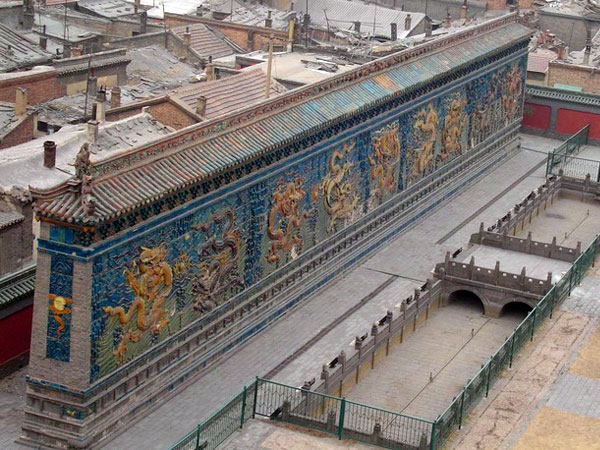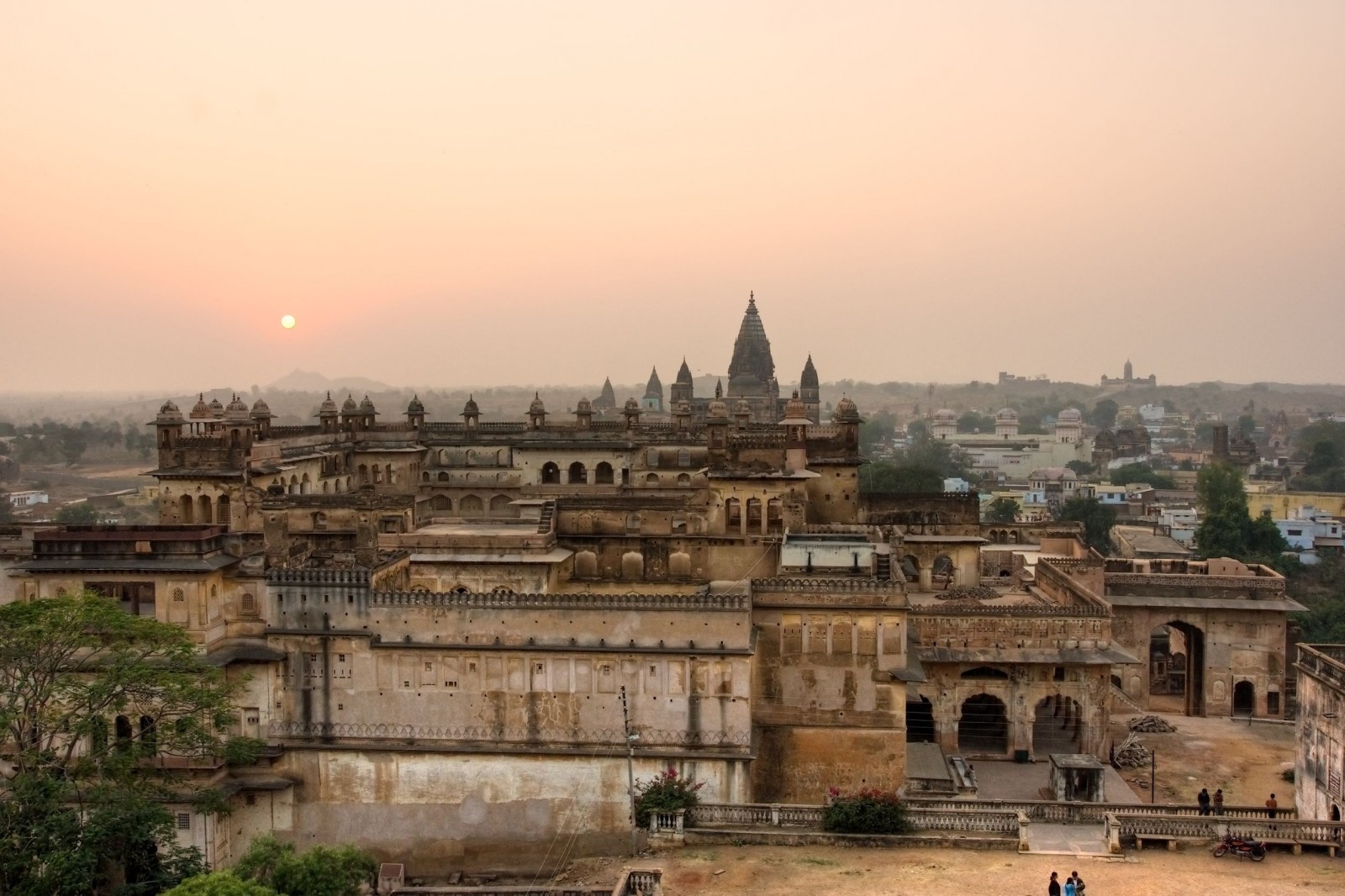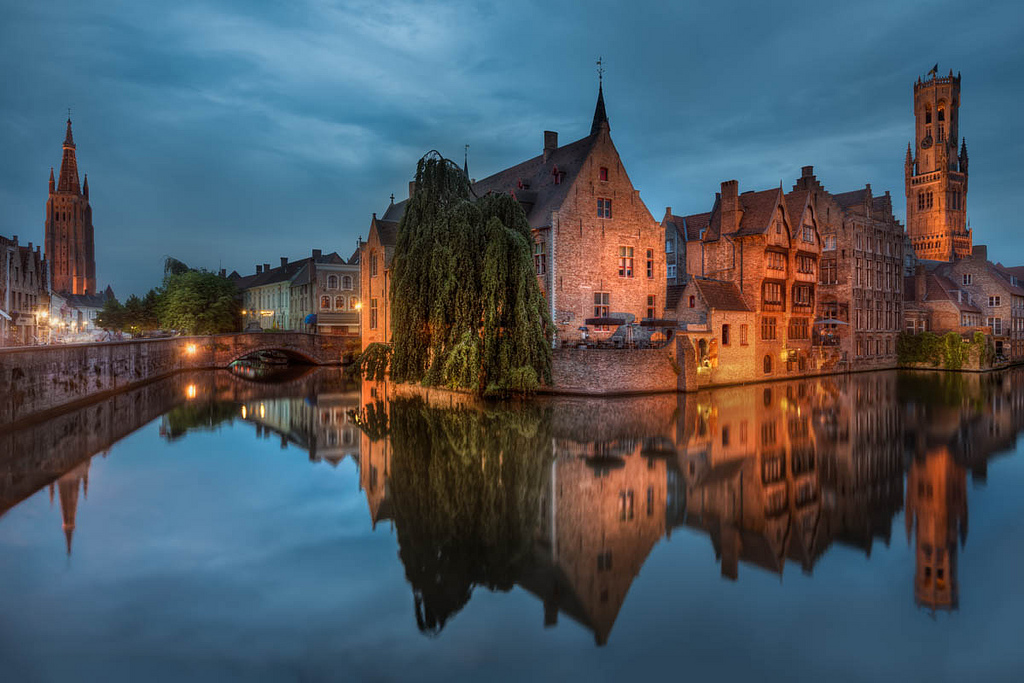Situated on the hill called Barbisone, dominating the town of Gussago, since the Middle Ages the former Dominican complex of the Santissima has characterized the landscape of this strip of Franciacorta. The existence of a rural church "in monte de Barbisono" in the territory of Gussago is attested by an indulgence issued in 1460 by Pope Pius II "pro loco Trinitatis Gussagi" informed that the Gussaghesi had set to work to restore the small church on the hill. It is a "civic church" of ancient jurispatronate born out of the influence of the great monastic powers. A fifteenth-century decoration testifies to the presence of the same in previous years, you can see a Madonna on a Gothic throne holding Jesus in her arms, flanked by a bishop and St. Bernardino of Siena who holds the tablet with golden rays with the YHS trigram. This new iconography was proposed in 1423, which means that at that time the church already existed. With a bull of Pope Sixtus IV, on May 2, 1479, the "ecclesia Sanctissimae Trinitatis de Guzago" is entrusted to the order of the Dominican friars who built the convent and the premises for the farmers. For more than three centuries the convent of Guzago had the function of a religious presence and a supply centre for the convent of the city. Analyzing the structure of the church it is assumed the existence of a Romanesque building, of simple workmanship consisting of a single nave, the Dominican interventions of the seventeenth century modified the structural layout of the roof and the internal appearance of the church, subsequently closing the apse with a wall, and the insertion of massive buttresses, on which a new cross-shaped roof is grafted, in three bays determining spaces for side chapels. Following the revolution of 1797, in which Brescia broke away from the Serenissima, the convent was assigned to the major hospital of Brescia. The Santissima was then put up for sale and, in 1823, bought by the miniaturist Giovanbattista Gigola who shared it with his friends Basiletti and Inganni. Gigola commissioned Vantini to transform the austere Dominican convent, giving it the characteristics of an early nineteenth century building. Gigola appointed the University of Brescia as heir, leaving the usufruct to his young wife Aurelia Bertera. In 1857, it was purchased by the nobleman Paolo Richiedei, patron of artists and men of letters. For several years the "castle" was left to the artist Angelo Inganni and his wife Amanzia Guerilot. They decorated the structure externally and internally, drawing inspiration for their landscape painting from this place. The Santissima is part of the management of the huge patrimony of Paolo Richiedei, who, with his will of 1860, linked the castle to the Opera Pia Richiedei, ordering the building of a "Hospital" and a "Casa di Ricovero", in the municipality of Gussago, at the foot of the Santissima.
